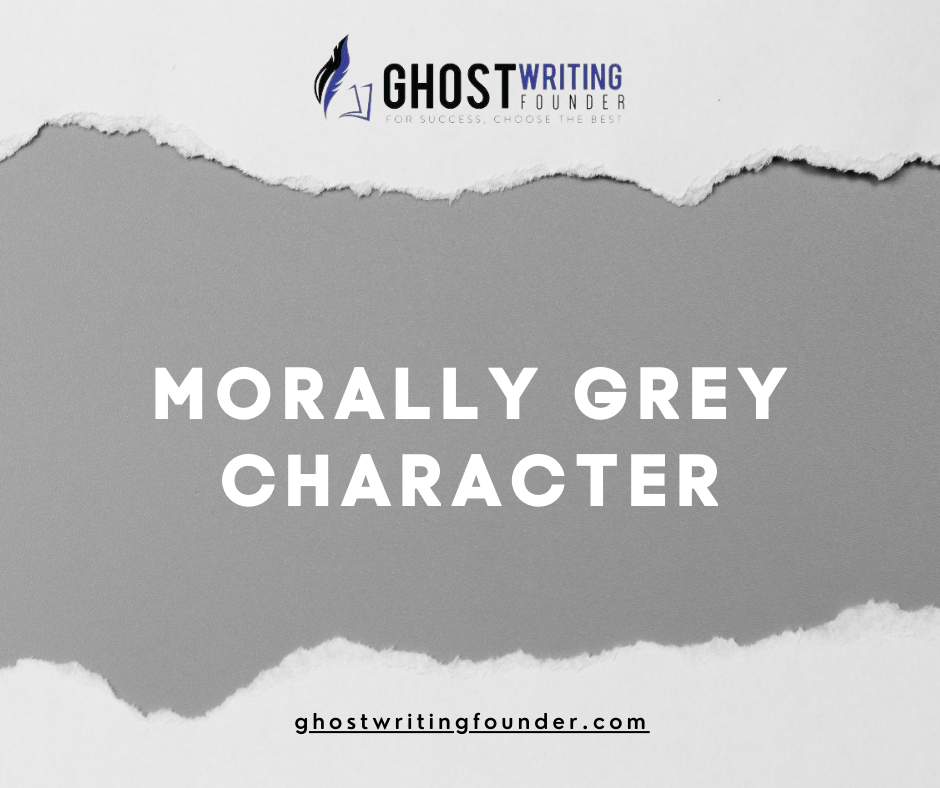
Novel
Have you ever found yourself rooting for a character that is neither fully good nor fully evil? These are morally grey characters, becoming increasingly popular in literature, movies, and TV shows. So, now you want to know, “What is a morally grey character”? Why are they so fascinating? And how can you write an engaging and easy-to-understand blog introduction on this topic?
Let’s start with the basics.
What is a Morally Grey Character?
A morally grey character does not fit into the traditional categories of good or evil. So “What is a morally grey character?” you may ask. They are not heroes or villains but rather complex individuals with a mix of bad and good. These characters often have questionable morals, and their actions are not always ethical. However, they are not purely evil and may have some redeeming qualities.
Grey characters are not evil

Grey characters can be seen as a moral grey area, but it’s important to note that they aren’t evil. Grey characters are morally ambiguous, meaning their actions are not always good or bad. They’re not always likable either–in fact, some might even make you dislike them!
Grey characters exist in real life, in Biography writing, as well as in fiction (for example, politicians). When we talk about grey areas of morality, we refer to situations without a clear right or wrong answer. Instead of judging someone based on their actions alone, we need to look at the circumstances surrounding those actions and make our conclusions about whether they were right or wrong based on those circumstances
Grey characters are complicated and multidimensional
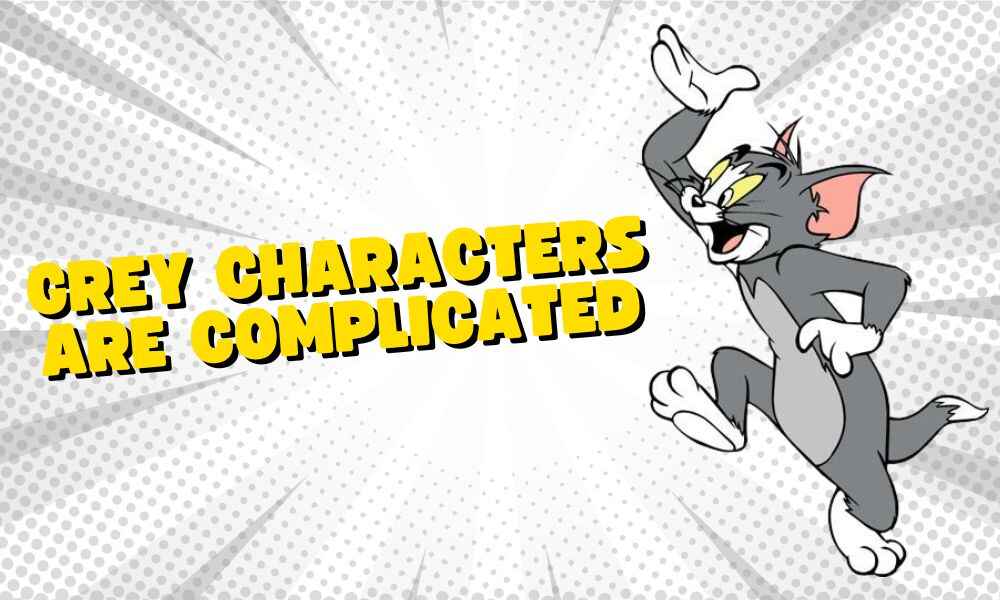
Grey characters are not always one-dimensional. They’re not always good or bad, and they’re not always likable. Grey characters can be unpredictable, which makes them all the more interesting for readers to encounter in fiction.
Gray characters are complicated and multidimensional. They have many sides to them that may shift throughout a story or book series depending on the situation at hand. For example, a character might be cruel at times but also kind to others; they could even be loyal one moment, then betray someone else later on!
Grey characters are not always likable
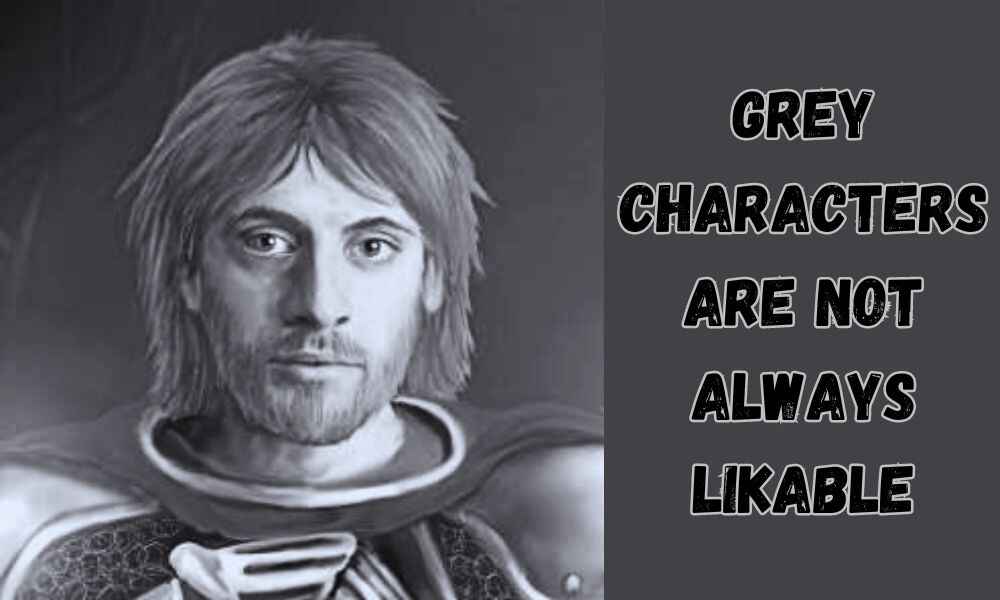
Grey characters are not always likable. They’re often downright unlikeable. This is because grey characters are flawed and, as such, have many different sides to them–many of which may not be very nice at all!
Grey characters aren’t always good or bad either: they can fall anywhere between those extremes. They’re complicated and multidimensional; their morality isn’t black-and-white but shades of gray.

Reasons that make users love the morally grey characters
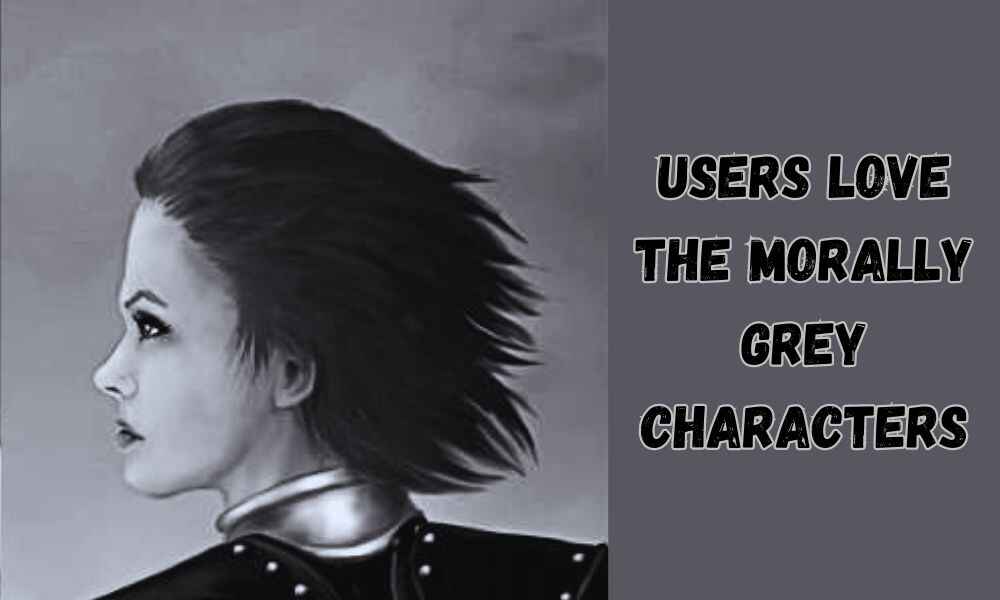
There’s a reason why we love the bad guys in movies and books. And it’s not just because they’re fun to watch or read about, although that’s certainly part of it. So here are all the reasons that make us wonder who are morally grey characters and why we love them, according to expert book writers from the Ghostwriting Founder.
They make tough decisions.

When dealing with morally grey characters, it’s important to remember that they aren’t necessarily good people, and when you are finding the answer to What is a morally grey character? “remember that its spectrum can fall all over the place. They can be kindhearted and generous, but they also have their flaws. One of the most obvious examples is when a character has to make a tough choice between two bad options.
Some might think being forced into difficult situations would be more enjoyable than having everything handed to them on a silver platter. However, many people struggle with guilt over their actions or regret their decisions. This can make life very difficult for our protagonists, who must live with the consequences of their actions every day and try not to let them affect their relationships with others too much (if at all).
Their morality is complex.
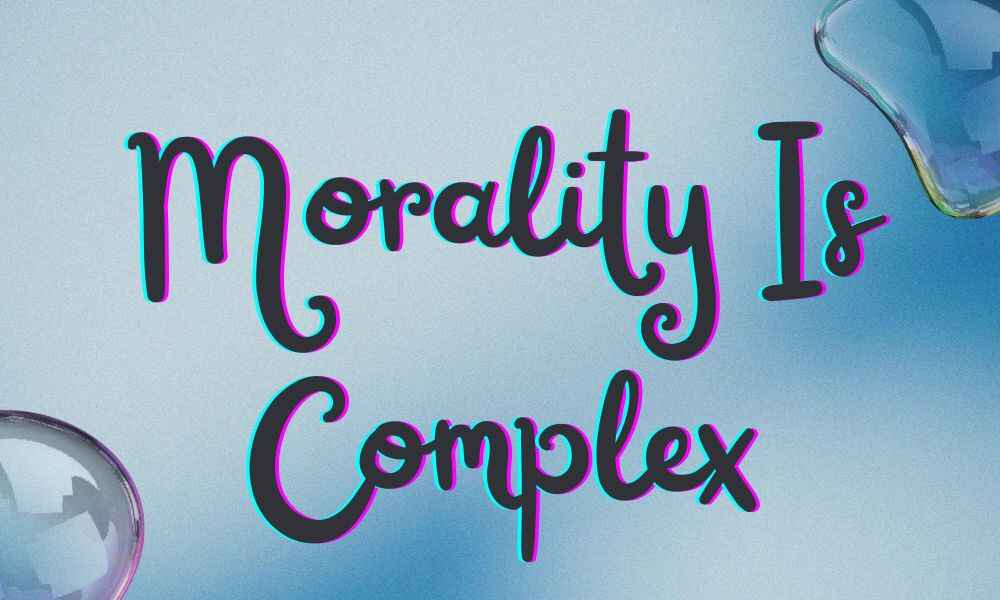
The blog management services experts recommend that the characters in your story can’t be all good or all bad. It’s just not realistic. And if you’re writing about a character who falls into one of those extremes, it’ll feel like you’re forcing the plot instead of letting it flow naturally from the character himself or herself.
Also, consider that even if your protagonist starts as a terrible person (like Walter White), there will come a time when he has to make tough decisions and take responsibility for his actions–and that’s when things get interesting! If we know what makes him tick beforehand, seeing him change over time becomes way more interesting than watching someone who always does what they should do without any internal struggle whatsoever (which is boring).
They add depth to the story and character development.

Moral complexity is a good thing. It adds depth to the story, it adds depth to the character, and it makes things more interesting.
When we have morally grey characters, they don’t always do what’s right or wrong but instead, do what “feels” right for them then. This can be compared with real life, where sometimes we may do something that doesn’t seem right at first but later comes out as being beneficial (like stealing food from someone who has plenty).
See Also
The 10 Best Book Review Sites
Their motives are interesting and complex.

When reading a story, you want to know what the characters think and feel. You want to understand their motives and what makes them tick so that you can get inside their heads as much as possible.
This is especially true of morally grey characters; they often have complicated motives that aren’t easy to understand at first glance, which means you’ll find yourself trying to figure out exactly why they’re doing what they do throughout the story. This can be frustrating if your first instinct is always, “I would never do something like that!” But once again: remember our point about moral relativism? It’s important for readers because it allows us access to worlds outside our own experience and helps us learn more about ourselves!
You can understand them, even if you don’t like them.
So even if you read the entire article, the main fact that answers What is a morally grey character? That you probably wouldn’t like them. A morally grey character is someone who has done some bad things, but you can understand why they did them. They might have been pushed into it by the circumstances of their life or by their own personal demons, which can make you sympathize with them.
Even if you don’t agree with their choices and decisions, at least now, when they do something wrong or hurtful, it won’t come as such a shock because you know where they are coming from and why they’ve made those choices the first place.
You may not like what happened in this scene between two characters (let’s call them Character A and Character B), but if we had only seen one side of the story, then we wouldn’t have gotten an accurate picture of what happened between these two people because there are always multiple perspectives on every situation. This includes morally grey characters too!
You know where they’re coming from, even if you don’t agree with them.
In line with content development services provider there’s nothing worse than feeling like your favorite character is an insufferable jerk who does nothing but make stupid decisions and then whine about how hard life is. We all have our limits, but if you find yourself loving a morally grey character, there are several reasons why that might be the case:

You can empathize with them on some level.
Their motives are understandable (or at least rationalized). You see their good points despite everything else they’ve done wrong or messed up in the past (or present).
Essential Elements and Detailed Insights
| Aspect of Morally Grey Characters | Characteristics and Traits | Significance in Storytelling |
|---|---|---|
| Definition | Neither fully good nor evil, complex individuals with mixed qualities. | Introduces a realistic and nuanced character type to readers. |
| Moral Ambiguity | Actions are not clearly good or bad; they exist in a moral grey area. | Challenges readers to think critically about morality and ethics. |
| Dimensionality | Unpredictable, with shifting traits and actions throughout the narrative. | Adds depth and intrigue to the story, making characters more relatable. |
| Likability | Not always likable or unlikable, with a blend of appealing and repelling traits. | Encourages readers to form complex relationships with characters. |
| Decision-Making | Faced with difficult choices, often between two undesirable options. | Highlights the complexity of real-life decisions and moral dilemmas. |
| Complex Motives | Driven by intricate and often conflicting motivations. | Enhances character development and plot dynamics. |
| Empathy and Understanding | Characters evoke empathy even if their actions are not agreeable. | Promotes a deeper understanding of human nature and its complexities. |
Conclusion
We hope that we’ve given you the answer to your question, “What is a morally grey character” and convinced you to give morally grey characters a chance. They’re not as black-and-white as they might seem at first glance, but they are infinitely more interesting than the good guys.
If you want your story or character to be compelling, you need characters with complex morality and motives–and this can only happen if they have flaws! So now that you have the answer to What is a morally grey character?” go create such amazing characters that readers can’t depart from them ever (like Draco Malfoy)!









Leave a Reply